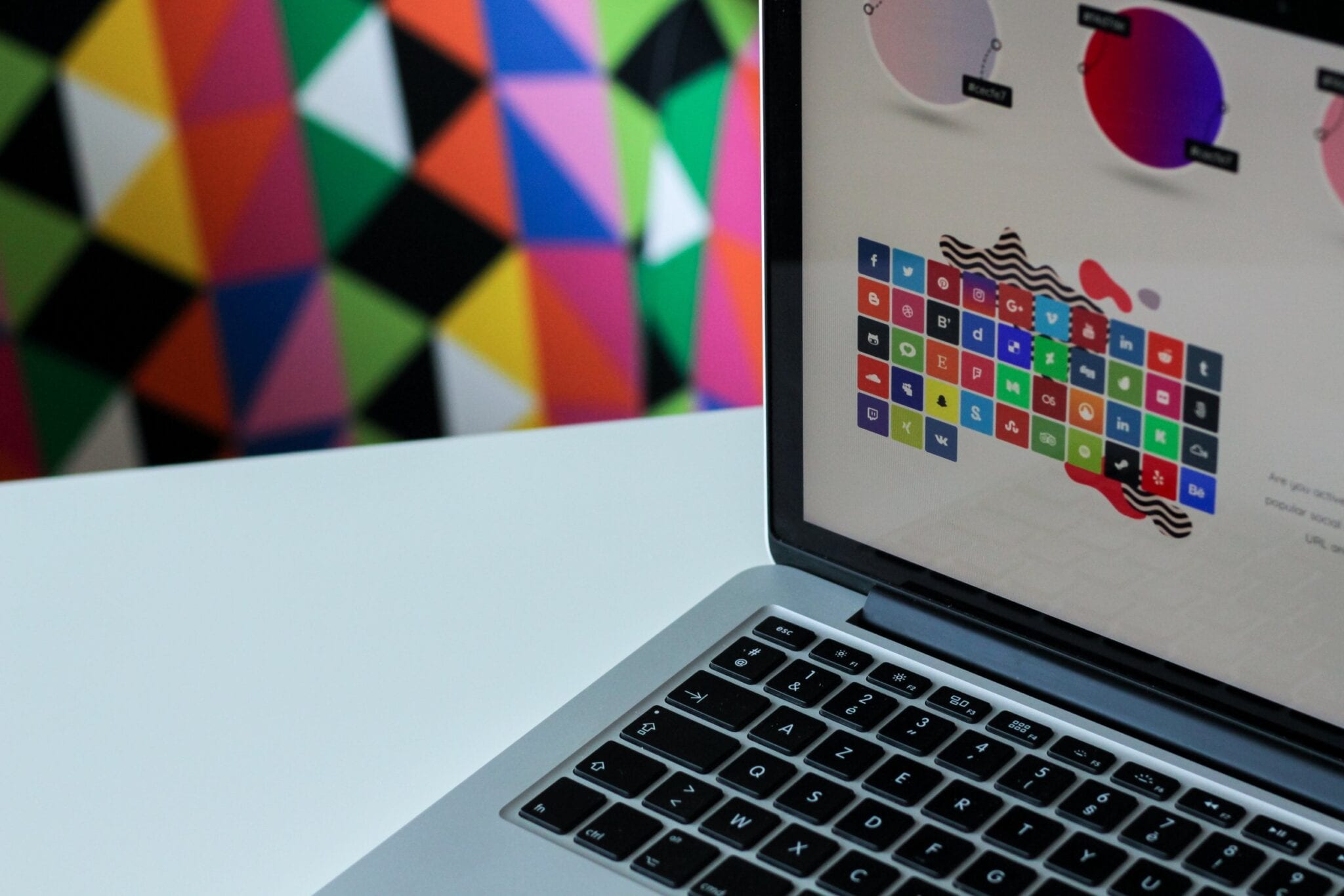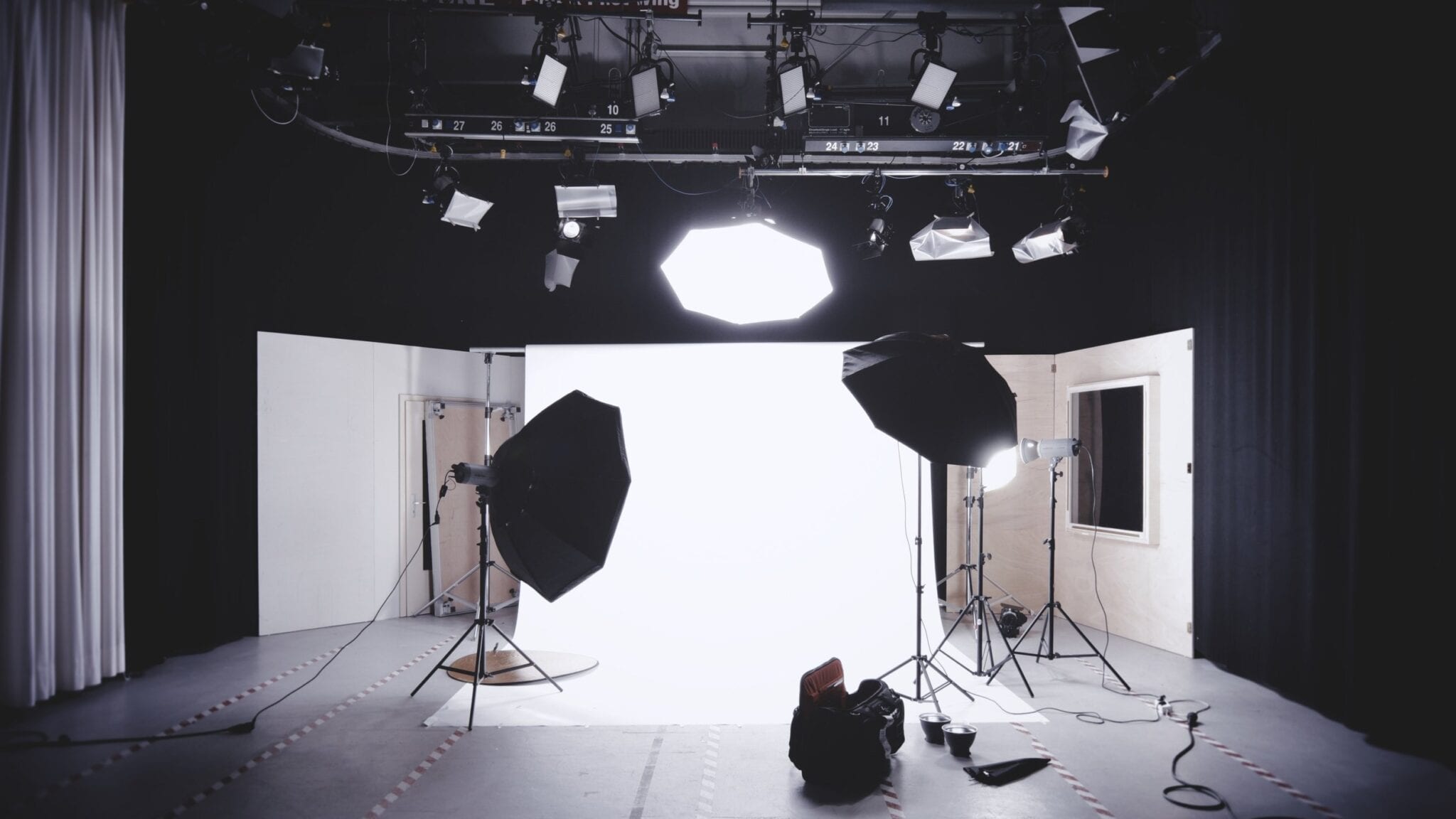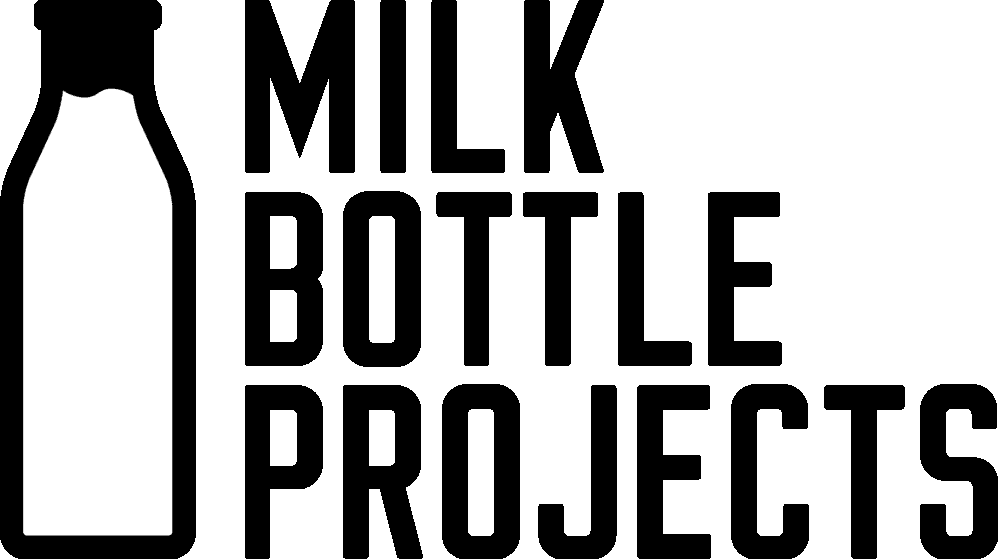Introduction to Content Creation
- Topics of Conversation + Marketing Advice
- August 22, 2018


You’ve probably heard the terms “content creation” and “content creator” around a lot lately, but what exactly do they mean? Content creation is a marketing strategy that focuses on the creation and distribution of content that has been curated to be valuable to your current and desired audience for a certain purpose. Accordingly, a content creator is the title given to someone whose job it is to plan, organise and realise that content. Content creation is important as it is essential for every type of platform in the digital world to make it interesting and attractive to audiences. Without words and images, we’d just be scrolling through empty screens! More specifically in terms of digital marketing, content creation is vital to achieving your marketing goals such as brand awareness or lead gen. Without content, your current and potential customers have no reason to interact with your brand!
Broadly speaking, there are two aspects to content creation – visual elements and copy. The visual can mean anything from still photographs, to elaborate drone videos and funky graphics, whilst copy refers to anything to do with words like titles and captions. The end result of content creation can be seen everywhere in the digital world on websites, social media platforms, EDMs, apps… the list is endless!
The Features of Good Content:
How do you know if you’re making and publishing excellent content that speaks to your audience? Well, great content is always:
Whilst creating your content, always keep your brand in mind and make sure that the final product matches your brand’s image and the reality of what you can offer your audience.
Accurate: Don’t photograph your café’s blueberry pancakes with two scoops of ice cream if you only plan to serve it with one. Trust us, this will avoid customer complaints and save you many headaches in the future!
Relevant: When creating content, think about your target audience – what they like, what they don’t like, their interests and their aspirations. Think about it, if you’re targeting suburban, middle-aged mums who love fine wines and cashmere sweaters, it makes sense to stay away from grungy fonts and a dark colour palette!
High-quality: In a world that is continually reaching new heights in high definition, attracting people to your brand is near impossible without high-quality content. Achieving this may mean organising a photo shoot or enlisting the services of a graphic designer.
Original: The best content is also the most original. Digital content is always changing, especially as social media platforms change their functions and features, so you can never be too creative! Don’t be afraid to think outside the box! Being the first one to do something will always put you up, above the rest and make you an attractive brand.
Planning A Shoot
Once you know what makes for great content, it’s time to start planning how and what content you’re going to create! More often than not, this will mean planning a shoot! This may seem like a simply task – after all, don’t you just need to grab a camera, point and snap? You could do it that way, but you’ll probably find the experience quite stressful and the end result mediocre, as there are actually many factors to consider when planning, organising and executing a great shoot that will yield high-quality, professional content.
When you’re starting to plan a shoot, the first step is to decide on the subject of your shoot. Determining this will affect other factors of your shoot, like location or timing. For example, if you’re looking to shoot your cafe’s new dishes, it makes sense that you should shoot it at the cafe where you have access to your chefs and kitchen. To help you decide what to shoot, think about any events or holidays coming up, new changes in your business, or go back through your photo archives and see which items you haven’t shot in a while.
Executing a successful shoot is quite easily done, as long as you plan ahead and are well-organised! Part of this is writing up a shot list. Simply put, a shot list is a list of what you will shoot and in which order. A great shot list will also include:
As much detail and description as possible for each shot. This is especially helpful if there are several people that will be assisting with the shoot
Information on what medium you need the end result to be in e.g. photo, video, GIF
The angle of the shot e.g. top-down, close-up, 45 degree
The surfaces, props or models that should be included in the shot and their placement in relation to the primary subject
Any reference images you have been inspired by. The image you provide doesn’t need to have all the elements of your desired shot, however it can help as a visual aid for the photographer
If you’re shooting content for different uses, consider noting these down in the shot list so the photographer knows which dimensions they need to keep in mind
While this extent of planning may seem pedantic, having a meticulous shot list will actually help you avoid forgetting anything and actually make your shoot more efficient and more productive.


Styling
If you’re just starting out, styling for a shoot can be a challenging task. Our recommendation, whether you’re styling yourself or asking someone to assist with styling, is to keep some basic art and photography aesthetic guides in check.
Think about:
The Rule of Thirds: A principle for creating an appealing composition, the rule of thirds involves imagining two horizontal and two vertical lines over an image. The lines and their intersection points then act as guidelines for the optimal position to place the subjects of an image. Of course, this isn’t to say that an image which does not follow the rule of thirds is instantly unsuccessful. However, if you’re just getting into the world of styling and photography, using this rule is a good place to start!
Placement: Think about how you will position your subjects in the frame, the lines and the flow of your image, and where you want your viewers’ eyes to be drawn to. Straight lines in an image are great for bringing focus to a particular point right away, but they can also be perceived as stagnant and uninteresting. Conversely, slanting or diagonal lines allow the eyes to wander in a more natural way, but may not focus the eyes on a specific point.
Angle + Orientation: When shooting and styling a dish, it’s important to first consider which angles will best show it off. For example, a flat lay will be the best way to show off all those fresh toppings on your wood-fired pizza, while a shot from the side will feature every scoop of ice cream that you’ve piled high for your strawberry sundae. These aspects may also determine the orientation, whether landscape or portrait, you shoot your dish in.
Shape + Pattern: When considering shape, think about how you can use objects with either complementary or contrasting shapes to emphasise your main subject. Pattern is the repetition of features like shape, form and texture. Including some sort of pattern in your image, geometric patterns in particular, can add an intriguing compositional element and set a structure that is enjoyable for eyes to follow. When considering the shape and pattern of your image, don’t forget about negative or white space. Not every inch of your image needs to have something interesting to look at; including some clear space can add flair and drama and bring your viewer’s attention straight to the star of the shot!
Scale + Proportion: Ensure that you’re shooting your dishes at the right scale and proportion to make them stand out. Scale refers to the overall size of an object within the frame, whilst proportion is the relative size of objects to one another. This is especially important when evaluating which props you will use to style your shot with. Choose objects whose size complements, rather than overshadows, the primary focus of the shot.
Texture: The easiest way to make your images look interesting without cluttering the frame is to add texture. Experiment with different sorts of backgrounds in neutral colours, whether they be wood, different fabrics (linen, silk, hessian etc.), metal, or even paper, to create contrast and harmony. Adding texture can also be achieved by layering both surfaces and props. Something as simple as inserting another plate underneath the one that’s holding your dish instantly adds dimension to your image. However, be wary of over-cluttering the shot with too many textures and layers that may take attention from the dish you want to showcase.
Colour: Think about which colours, whether complementary or contrasting, your backgrounds and props should be in order to make the featured dish pop. Just a note that highlighting a colour does not mean including as much of that colour as possible in the frame. Unless you’re making a specific stylistic choice, you don’t need to match every element in your shot with the same colour! Generally, it’s easier to start with neutral or monochromatic colours and add little touches until you’re satisfied.
Movement: Incorporating movement into the way you style a dish is a great way to add a human touch and engage your viewer with storytelling. For inspiration for movement shots, think about each step in the creation or consumption of your dishes, and see if there’s anything you can capture that expresses the excitement of engaging with it. You want people to feel as though they are involved in the experience of that dish, in the hope that they will then come in and try it for themselves! Capturing pouring, sprinkling or more theatrical elements like smoke, fire and steam is a great way to bring an image alive.
Dimensions + Cropping: If you’re using these images for social media, just keep in mind that 1) some platforms may require you to crop your original images before uploading and 2) different elements on different platforms require images in specific resolutions and dimensions, so you may have to adjust your shot accordingly. For example, the dimensions for a cover photo on Facebook are completely different to those for Instagram stories.


Types of Content
Content creation doesn’t mean just producing images. It could mean a multitude of mediums including:
GIFs
If you’re unfamiliar with the term, GIF stands for Graphic Interchange Format and is a file of images that rotate in close succession to form an animation. GIFs are a great tool as they offer spontaneity, movement and variety form static images, but are not as expensive to produce as videos. To create a GIF, simply perform a movement (slowly) while the photographer continuously shoots. In post-production, gather the images, load them into your program of choice (we use Adobe Photoshop), create consecutive frames of the images and export as a .gif or .mp4 file.
VIDEOS
Another type of shoot that you can plan for is a video shoot. Compared to a photo shoot, you may need to prepare for a larger budget and higher complexity in pre-planning for video shoots as they will often require more people to be involved, longer editing time, and elements of audio and movement. Shot lists for video must also be more comprehensive and detailed than those for photo shoots, as you have to think about how each frame flows onto the next. To this end, creating a storyboard and learning some key video terms like ‘sequence’, ‘loop’ or ‘whip effect’ to explain how you want each frame to be shot can be helpful in creating a detailed and easily understood plan for your video shoot.
GRAPHICS
While graphics are created in post-production, how you plan your shoot can still affect them, especially if you’re planning on incorporating images from your shoot into them. If this is your plan, think about shooting your products on a white, black, or block-coloured surface, so that they can be easily cut out and used for graphics.
APPS + FEATURES
Use the tools available to you. Social media platforms, especially Instagram, are constantly updating the tools and available tricks available to create great content, and there are now also a plethora of apps to help you make the most of these features. Some of the most popular are boomerangs and time-lapses! Do some research, have a play and see what works for you.


Copywriting
While amazing images and graphics are integral to successful content creation, excellent copy is also essential! Copywriting is the act of producing copy, which is written content created for the purpose of advertising or marketing. Copy is important on social media for three main reasons: to educate your audience about your products or business, increase brand awareness and persuade them to take action.
ABOUT + BIO
Great copywriting needs to start from the first scroll of your phone screen. At the top of the page, most social media platforms will have a bio section that allows you to briefly describe you/ your business. This section is crucial as not only is it the first section of text that people will see, but character limits are also often imposed so that what you write will be both effective and succinct! To write a great bio, think about the core message you want people to know about your brand and what it is that sets you apart from the rest. Don’t forget to add those practical details too, like your business’ phone number, address and website.
CAPTIONS
Great images need to be paired with great captions to truly captivate the attention of your audience. Our best advice is to try and engage your audience with great story-telling. It may be something heart-warming or punny and witty. Point out something unique about what is featured in the post that they might have missed. Generally, it’s best to keep captions short and snappy but there’s nothing wrong with lengthier captions, especially for more educational posts, as long as everything has a point. Also make sure that the tone of your captions is consistent throughout each post and is in line with your brand. The most important thing in writing any copy is to ensure that all grammar, punctuation and spelling are correct! Proofreading is key!! Check it once, then check it again! If possible, try and get another set of eyes to go over your copy to pick up mistakes you may have missed.
HASHTAGS + GEOTAGS
One aspect of copy on social media that you may not have thought of are hashtags and geotags. Hashtags are words or phrases that are preceded with a hash sign (#). They are used as a means to categorise and identify posts, so that anyone interested in a particular subject just has to search with a hashtag to find posts relevant to them.
Hashtags are a very important part of your copy as they help in increasing your reach. Having the most relevant hashtags to your business, audience and each specific post is imperative to improving and expanding your presence on social media. It is also important to have the right amount of hashtags as too few will be ineffective for growing your brand, but too many will be annoying for your followers. In any case, some social media platforms do place a limit on how many hashtags you can use anyway. Finding the best hashtags for your profile will require a brainstorm session of any keywords relevant to you and doing research on the social media platforms you intend to use, or consulting other websites and analytics programs.
Geotags are location tags that mark your posts as being published from a specific place. Like hashtags, they can be used as an organisation and identification tool so that when a location is searched, every post related to that place can be seen.

